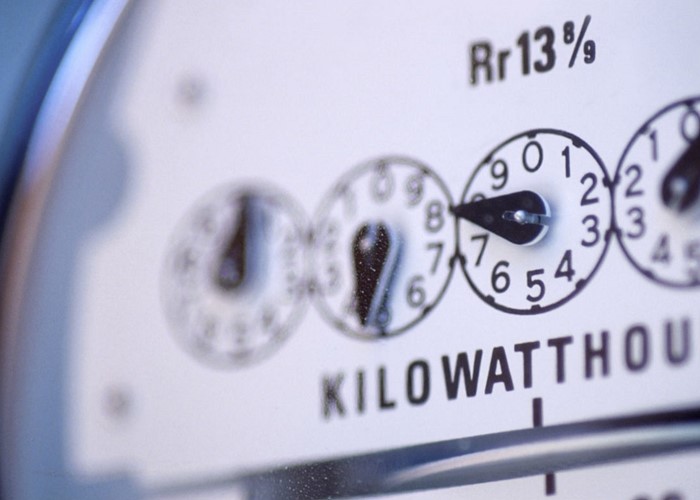Campaigners fear 300,000 electricity meters could stop working

Got an RTS electricity meter? The signal will be switched off from 30 June.
Campaigners fear that 300,000 electricity meters could stop working, leaving customers with their heating stuck on or off.
The Radio Teleswitch Service (RTS), radio technology that controls certain electricity meters, is due to be switched off from 30 June, and energy companies are struggling to replace the meters in time.
Companies are currently working to install smart meters, but only at a rate of 1,000 a day, the Guardian reports.
Campaigners say the rate needs to be increased to 5,000 a day to meet the deadline.
Currently, there are 400,000 homes with the old-style meters installed.
Campaigners are concerned that this will leave households with problems such as radiators stuck on, blasting out heat in the summer, and expensive bills or no heating at all.
Adverts warning households have been running on commercial television featuring Lorraine Kelly.
RTS technology now obsolete
The technology, which dates from the 1980s, harnesses long-wave radio to switch meters between peak and off-peak rates, and has become obsolete.
It was used in properties that use electricity to power their heating and hot water, and the systems may also include immersion or panel heaters in water tanks.
Most of the meters are in homes in rural Scotland, northern England and Wales, plus cities such as London, Edinburgh, Glasgow and Leicester.
Simon Francis, coordinator of the End Fuel Poverty Coalition, told the Guardian newspaper that he was concerned households could be left with expensive bills if their heating is stuck on.
“We need to ensure contingency measures are in place for those who do not make the deadline and require energy suppliers to ensure fair metering and billing practices,” he said.
RTS switch-off will take months
Although the advertised date is 30 June, experts say the switch-off will actually take around three months, taking place from 1 July to 30 September.
“It will undoubtedly be challenging to replace all these meters by 30 June,” a spokesperson for Energy UK told the Guardian.
“It means getting access to every single property to carry out the installation, many of which are in remote areas, and ultimately it requires all customers to respond to contact from their supplier.”
Energy regulator Ofgem said that suppliers were “stepping up their activity” and that it urged any customers struggling to get their RTS meter replaced to contact their supplier again to arrange an appointment.
“Ofgem has also demanded action plans from every supplier, which we are scrutinising on an ongoing basis to ensure that robust contingencies are in place to protect any customers who remain on RTS meters after the phased switch-off process begins,” a spokesperson told the Guardian.
Comments
Be the first to comment
Do you want to comment on this article? You need to be signed in for this feature